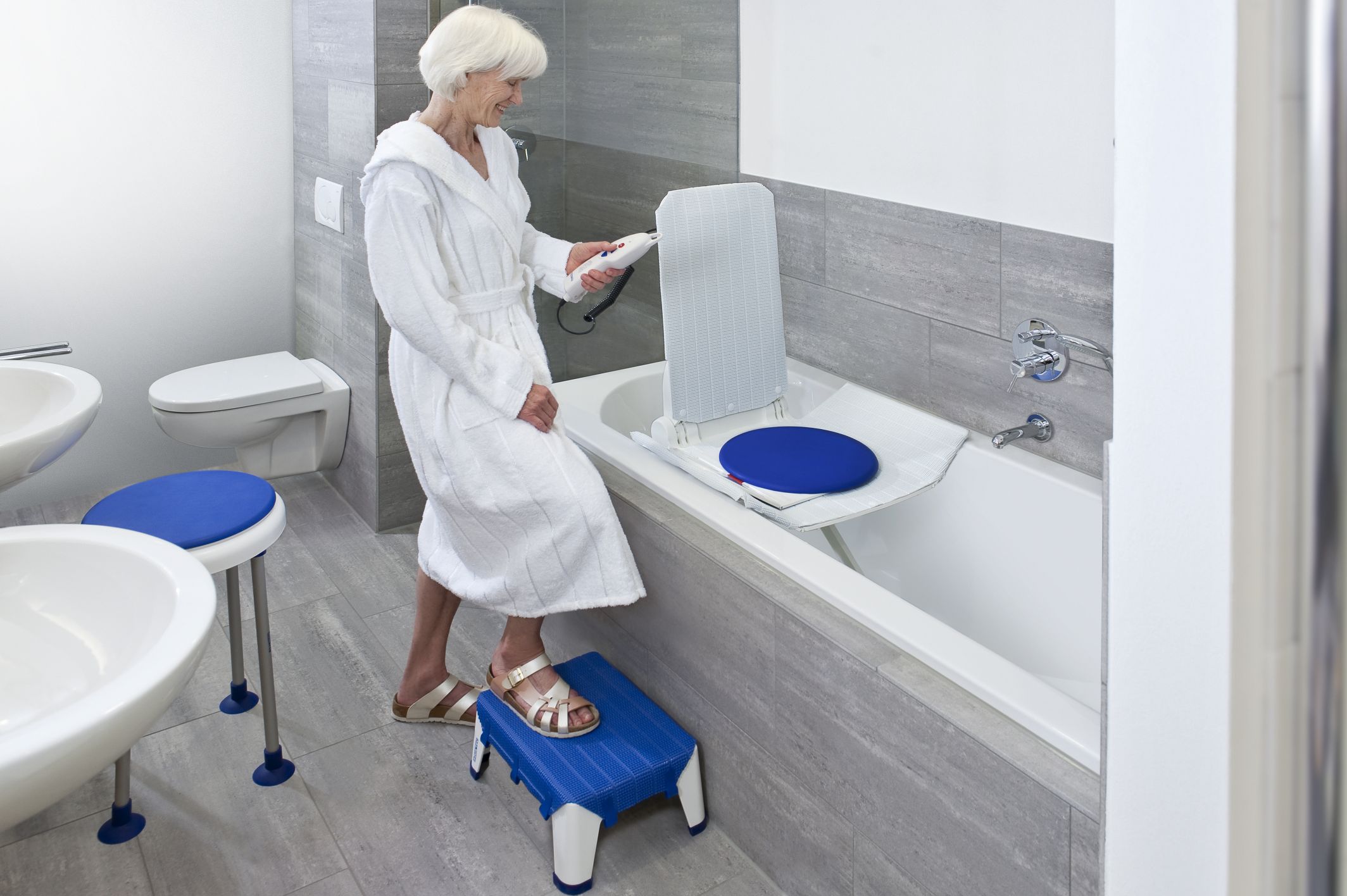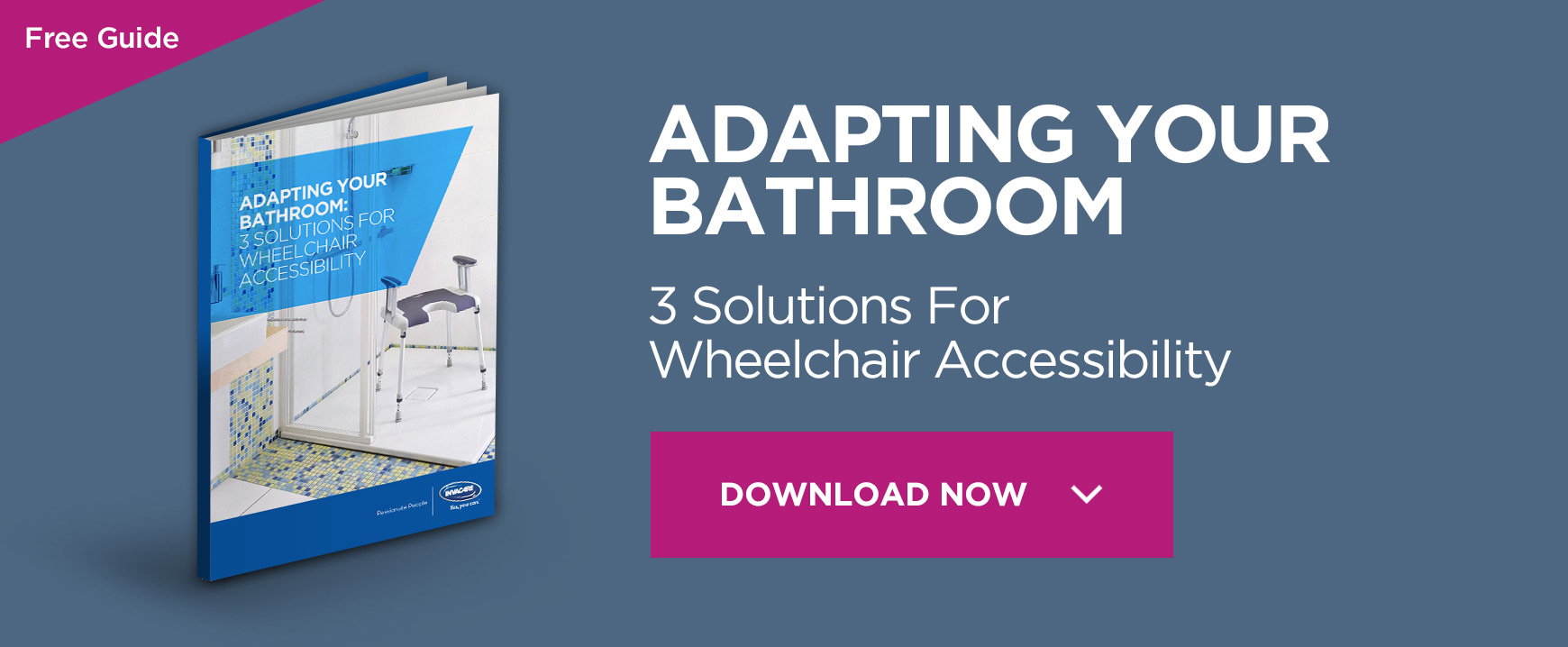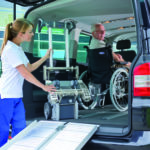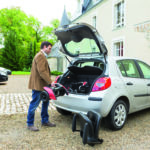Accessible bathrooms: disabled baths

For disabled and elderly people, getting in and out of the bath can be a difficult task. Slippery surfaces can be dangerous for anyone with mobility or balance problems, and the fear of falling can also be a barrier. Fortunately, there are many ways to make bathing and showering safe and comfortable, including disabled baths and showers. So, whether it’s bath lifts, walk in baths for the elderly, hoists, bath boards or seats you’re looking for, we’ve got you covered in this article!
Disabled baths: what are the options?
Everybody wants to be able to feel clean and fresh, so when a bath becomes difficult to use, it is important to look for alternatives. First, think about what parts of the process you are struggling with, and what assistance you might need. For example, some people struggle to lift their legs over the side of the bath, while others find it difficult to stand up from sitting down to get out of the bath. We’ve listed some common bath aids below, creating a handy guide to help you find the best accessible bathroom aid for you.
Bath lifts
Bath lifts can be easily fitted and used in a regular bath. The individual sits on the lift, which then lowers them into the bath or raises them out of it. They are most suited to people who can sit on the side of the bath and raise their legs to get them over the bath rim.
Bath lifts are relatively easy to use and inexpensive, but they will not be appropriate for every disabled or elderly person. Bath lifts are removable, which is ideal for homes where other people use the bath too, or where the lift can’t be fixed to the wall or the floor. Have a look at this video of an accessible bath lift to see if they might suit your needs.
Bath hoists
Hoists for the bath are an ideal solution for many wheelchair users who are otherwise unable to use a bath. Bath hoists can be mechanical or powered, and include a seat attached to a column that can lift and lower you into the bath.
Mechanical hoists usually require a helper to operate them, whereas powered hoists can be operated either by the user or an assistant. Consider the amount of assistance that is available to you before you purchase a bath hoist; being home alone with only a mechanical hoist can be a frustrating experience, and certainly not much fun.
Walk-in baths
Walk-in baths are adapted baths that have a door on the side to allow a person to walk in and out the bath on a level surface. This removes the need to step over the rim of the bath, making bathing accessible for people who struggle with balance or lifting their legs high enough, but they may not be an appropriate solution for many wheelchair users.
Additionally, the bath is empty when the user enters it and it is filled up once you are in place, so a walk-in bath might not be a great choice for you if you feel the cold or have circulation issues. After you are done bathing, you need to drain it completely before opening the door to avoid flooding.
Bath seats
A bath seat can be an inexpensive and effective way of making bathing accessible. They are ideal if you can climb in and out of the bath but struggle to stand up once sat down in the bath. They can also be helpful for people who have a shower over the bath but can’t stand up for long periods.
Positioned within the bath, bath seats have sturdy, slip-free feet to stop them moving around. Swivel bath seats are another option – these sit inside the bath but are level with the top of the bath and can pivot around. This allows you to sit down outside the bath, and then swivel the bring your legs and feet into the bath. If you have trouble balancing, this can be especially useful. Bath seats with holes in the seat are also available (similar to a commode), so you can ensure that every area of your body is getting a good wash and clean.
Bath boards
Providing a similar solution to a bath seat, a bath board is a secure seat that lies flat across the top of the bath. A bath board can work well for people who are able to swing their legs over the side of the bath but aren’t steady enough to remain standing. Bath boards do not provide back support, so they may not be suitable for you if you need support when lifting your legs but won’t have an assistant with you every time you bathe.
Grab rails
Grab rails are very useful pieces of equipment for around the home if you are disabled and in need of a helping hand every now and again. The grab rails are securely attached to the wall and can help you to get in and out of the bath without fear of slipping and falling as easily. Grab rails can look funky, too! They are no longer sold in just a clinical white colour, and chrome or even colourful grab rails can really blend into (or make a statement in) modern bathroom decor. So don’t let any previous perceptions of grab rails being medical equipment put you off investing in some to make your time in the bath much easier and safer.
Find out more about making bathing more accessible
There are a wide range of options available for making baths and showers for elderly and disabled people more comfortable, safer and accessible. There are disabled bathing aids to help you to wash once you’re in the bath too. Remember to seek advice from a physiotherapist or occupational therapist for tailored information about your needs and situation.
We hope that these bathroom aid hints and tips will help you to enjoy washing in your bath comfortably and safely. Here’s wishing you a bath time that is relaxing and enjoyable!







